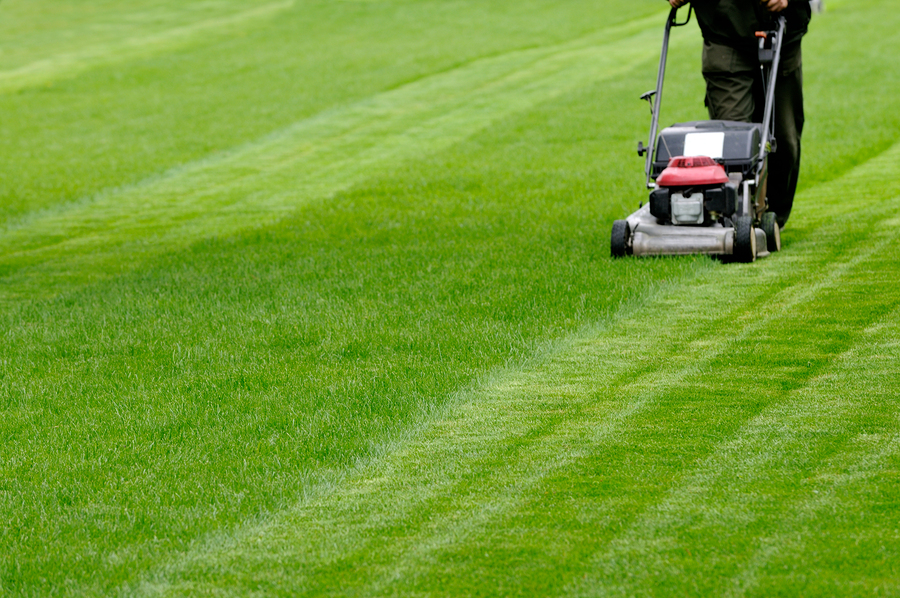Dealing with Drought - Tips You Need to Know
Click here To Call: 540-701-3559
|
Do you hear a crunching, munching and crisp sound as you walk across your yard? If so, then this is a sure sign that your lawn is very dry, and you need to quench its thirst – fast. After all, drought is your yard's ultimate natural enemy, so you should revive your parched lawn before things get worse. Here, we explore effective ways of dealing with drought that you should know to maintain the health and beauty of your garden.
Detect the Signs of Drought So, how can you tell if your yard is parched because of drought? Well, one obvious sign is when the grass fails to spring back and stay upright when you walk on it. This means, if your feet leave a mark once you tread upon the grass, then you can be sure that your lawn is in great need of water. Another visual sign of drought is the appearance of your grass. Healthy grass comes with a sparkly green color that looks smooth, bright and soft. On the other hand, a thirsty lawn exudes a greyish-green to almost blue-green tint that is dull with almost zero luster. If you let it sit in this condition for long, your grass will turn into tan, yellow or golden brown color. Some lawns hold up well during drought, while others die easily. The thing is, if you are able to manage your yard before drought starts, then it is likely to fare better than your neighbors', even with limited water. Moreover, well-established lawns can beat intense heat and water restrictions. With this in mind, you need to apply these basic tips on how to deal with drought and save your yard from damages once the scorching hot months come. 1. Irrigate your yard. Your yard needs at least one inch of water a week, so it is a matter of managing water to improve your lawn's health whenever there is a shortage of this important resource. Irrigate the lawn once every week to deliver an inch of water during the absence of rain. You can determine if your yard has received this much water by placing soup cans on various areas where irrigation water hits. A can full of water means the area is properly hydrated. Irrigation promotes a much deeper growth of roots that can help your grass survive this tough natural phenomenon. The idea is to provide enough water that will penetrate deeply into the ground and enter the grass roots. Even if you water frequently, yet with little amounts, the roots tend to stay on the surface and become more prone to dry out and die eventually. 2. Consider the right height of grass when you mow. Taller blades of grass are more capable of developing deeper root systems, so avoid scalping your lawn during drought. While growth is slower at this time, you can ensure a deeper formation of roots when you allow your grass to remain taller. This is just what your lawn needs to recover easily after this dry and hot season. 3. Realize the value of grasscycling. After mowing, just leave grass clippings on your lawn. Small pieces of grass clippings that are almost invisible will not only provide moisture and nutrients to your yard, but these can also help your plants deal with stress during drought. With deep watering, grass clippings and ample amounts of nutrients and moisture, your lawn will be able to survive drought and recover quickly once this period is over. Simple and Effective Lawn Fertilization Tips |
|



